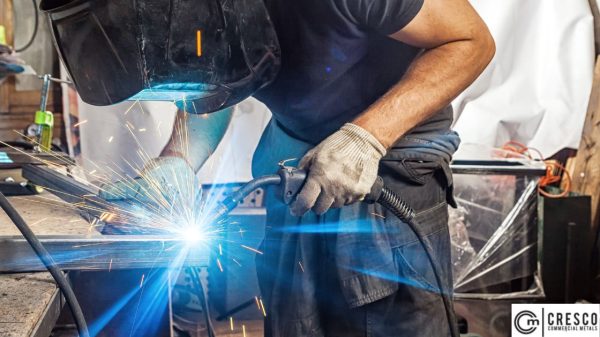When it comes to welding, two popular methods often come into play: MIG (Metal Inert Gas) welding and TIG (Tungsten Inert Gas) welding. Understanding the differences between these two techniques is crucial for selecting the right one for your welding project. In this article, we’ll delve into the specifics of MIG vs. TIG welding, providing you with valuable insights to make an informed choice.
MIG Welding: The Versatile Workhorse
MIG welding is known for its versatility and ease of use. It involves feeding a solid wire electrode through a welding gun, which is connected to a shielding gas supply. The gas protects the weld from atmospheric contamination. Here are some key points about MIG welding:
- Speed and Efficiency: MIG welding is relatively fast and efficient, making it an excellent choice for projects that require high productivity.
- Ease of Learning: Beginners often find MIG welding easier to learn compared to TIG welding, thanks to its forgiving nature.
- Material Compatibility: MIG welding is suitable for a wide range of materials, including steel, aluminum, and stainless steel.
TIG Welding: Precision and Quality
TIG welding, on the other hand, is renowned for its precision and ability to create high-quality welds. It involves using a non-consumable tungsten electrode, which creates an arc to melt the base metal. Here are some key points about TIG welding:
- Precision Welds: TIG welding produces exceptionally precise and clean welds, making it ideal for projects with strict quality requirements.
- Versatility: TIG welding can be used on a variety of materials, including thin-gauge metals and exotic alloys.
- Manual Dexterity: TIG welding requires a higher level of manual dexterity and skill compared to MIG welding, making it a preferred choice for experienced welders.
Which One to Choose?
The choice between MIG and TIG welding depends on your specific project requirements. Here are some considerations:
- Project Type: For heavy-duty and high-speed projects, MIG welding is often preferred. TIG welding is excellent for intricate and high-quality work.
- Skill Level: Beginners may find MIG welding more accessible due to its forgiving nature, while TIG welding demands more skill and practice.
- Material: Consider the type of material you are working with. Both methods are versatile, but TIG welding is especially suited for exotic metals.
The decision between MIG and TIG welding hinges on the nature of your welding project and your level of expertise. Both methods offer unique advantages, and the right choice will lead to successful welds and project outcomes.
For expert guidance and high-quality welding services, contact Cresco Manufacturing. Our experienced welders are well-versed in both MIG and TIG welding techniques, ensuring the best results for your welding needs. Make the right choice and achieve impeccable welds with Cresco Manufacturing.
For more information go to https://crescocustommetals.com/



